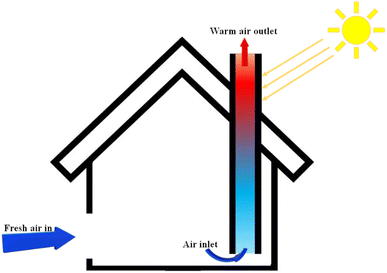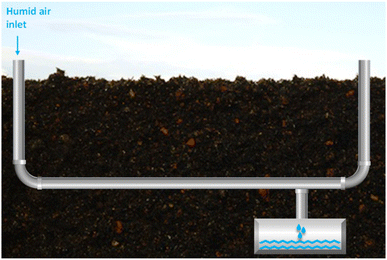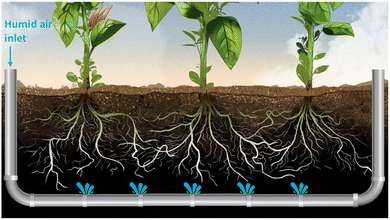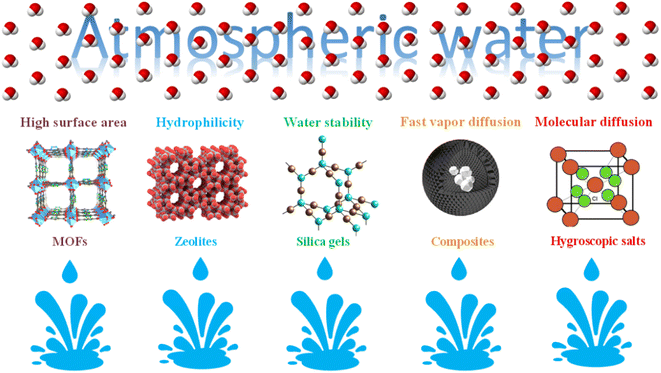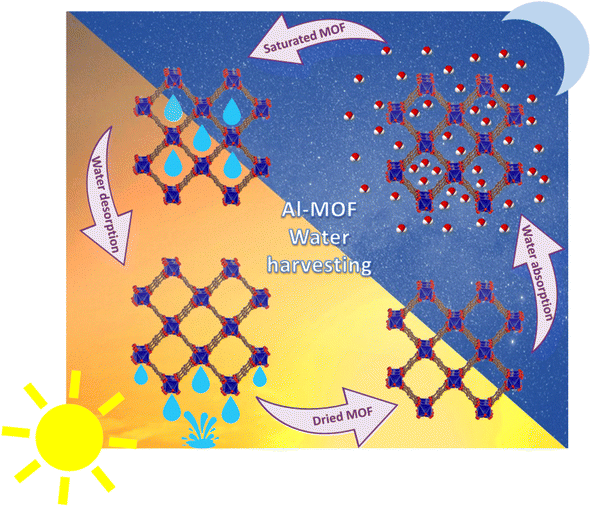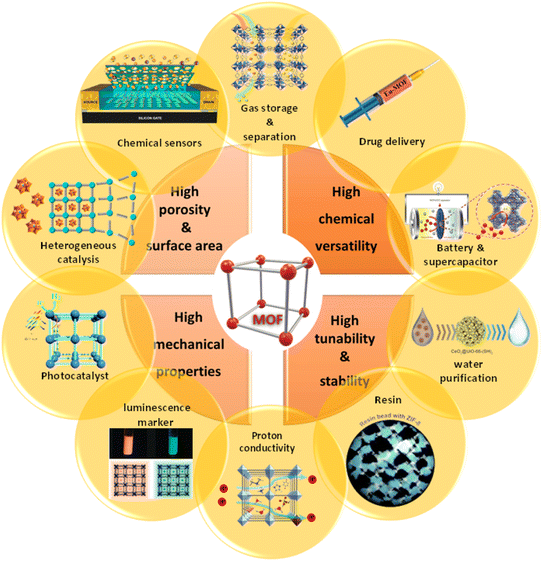 Open Access Article
Open Access ArticleCreative Commons Attribution 3.0 Unported Licence
Correction: An overview of atmospheric water harvesting methods, the inevitable path of the future in water supply
Zahra Ahrestaniab,
Sadegh Sadeghzadeh*c and
Hosein Banna Motejadded Emroozd
aMSc of Chemistry and Materials Technologie, Institute of Materials Chemistry, Faculty of Chemistry, University of Vienna, Vienna, Austria
bMSc of NanoTechnology, School of Advanced Technologies, Iran University of Science and Technology, Tehran, Iran
cSchool of Advanced Technologies, Iran University of Science and Technology, Tehran, Iran. E-mail: sadeghzadeh@iust.ac.ir
dSchool of Advanced Technologies, Iran University of Science and Technology, Tehran, Iran
First published on 3rd May 2023
Abstract
Correction for ‘An overview of atmospheric water harvesting methods, the inevitable path of the future in water supply’ by Zahra Ahrestani et al., RSC Adv., 2023, 13, 10273–10307, https://doi.org/10.1039/D2RA07733G.
The authors regret that incorrect versions of Fig. 8, 10, 11, 13, 14, 20, 21 and 29 were included in the original article. The correct versions of Fig. 8, 10, 11, 13, 14, 20, 21 and 29 are presented below.
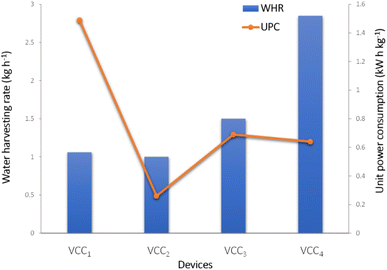 | ||
| Fig. 1 Unit power consumption (UPC) and water harvesting rate (WHR) diagram of VCC condensation systems. | ||
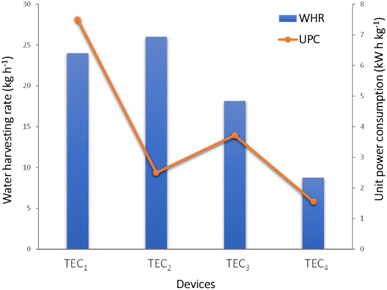 | ||
| Fig. 2 Unit power consumption (UPC) and water harvesting rate (WHR) diagram of TEC condensation systems. | ||
The Royal Society of Chemistry apologises for these errors and any consequent inconvenience to authors and readers.
| This journal is © The Royal Society of Chemistry 2023 |

